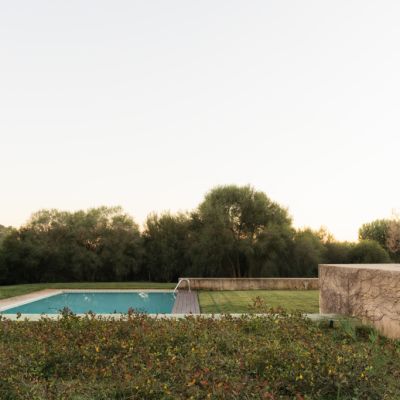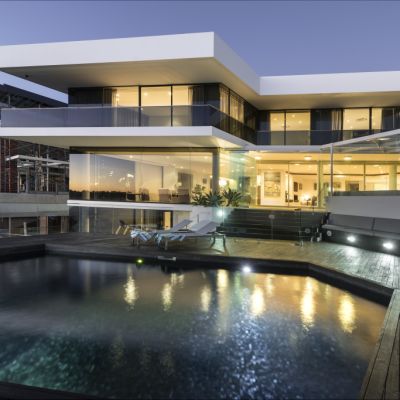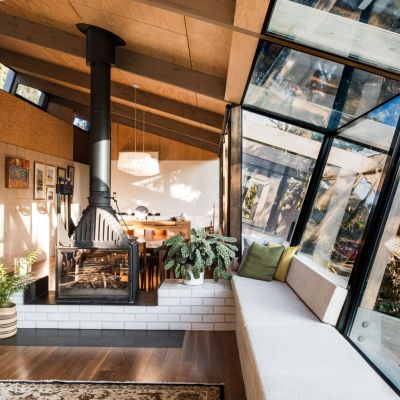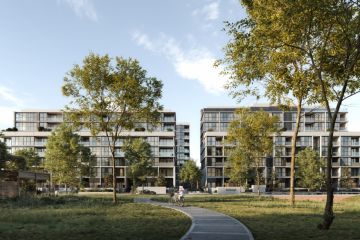Frank Lloyd Wright's iconic Fallingwater building slammed with $11 million repair bill
Frank Lloyd Wright’s iconic Fallingwater house is under threat from the effects of weather and moisture.
The World Heritage-listed home sits above a waterfall in the Appalachian Mountains in North America.
Suspended over the Bear Run stream, it’s a visually striking building that looks like it has grown out of the surrounding landscape. But achieving this aesthetic effect comes at a structural cost.

Since the house was first built in 1937, dozens of leaks have sprung up around the property.
Rain and melting snow have permeated the building’s walls and are now dripping into the house, threatening to damage the interior decor.
“[Wright] was pushing conventional notions of building to achieve something truly extraordinary, and he used the best technologies at his disposal,” Fallingwater executive director Justin Gunther told the Wall Street Journal.
“So I wouldn’t say anything was a mistake. Instead, the house’s design presented inherently challenging features to waterproof.”
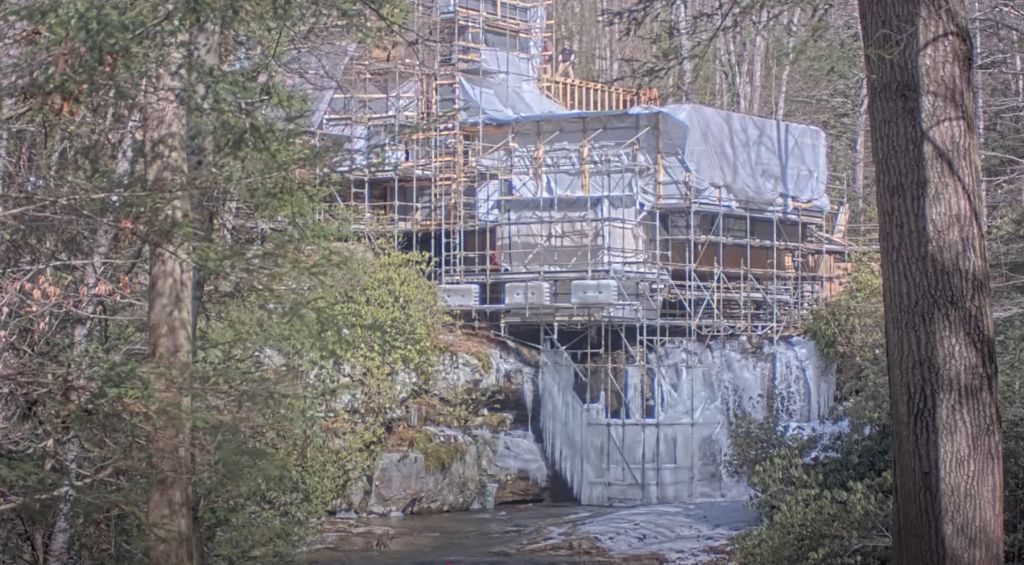
At first glance, it looks like Fallingwater is built from solid pillars of stone masonry, but this is actually an optical illusion.
Instead, the stone walls are hollow – creating the perfect void for water to pool inside.
When Wright first built the house in the mid-1930s, he filled the hollow walls with pieces of sandstone to prevent water collecting.
But almost 90 years on, the sandstone has shifted position, leaving gaps for water to stagnate.
Now, Gunther and his team are in the middle of a massive repair project which is slated to cost $US7 million ($11 million).
It’s substantially more than the $US148,000 that Wright originally spent constructing Fallingwater – equivalent to around $US3.2 million in today’s currency.
The repair team is pumping liquid grout into the hollow walls so that water can no longer pool inside.
The team is also adding lead flashing where the walls connect with roofs or terraces – despite Wright’s known aversion to flashing.
“My goal is to enhance the exterior envelope’s performance, and that is a very difficult thing to do with Wright’s architecture because of its inherent design defects,” preservation architect Pamela Jerome said.
“So we design discreet interventions that make the exterior work better at shedding water and snow. And when we walk away, hopefully, no one notices our intervention.”
We recommend
We thought you might like
States
Capital Cities
Capital Cities - Rentals
Popular Areas
Allhomes
More
